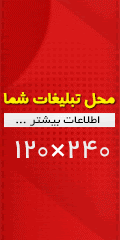The height of pistachio shell wild pistachio trees reaches 7 or 9 meters. In some mountainous areas, such as Iranian Kurdistan, the fruit is called "Qazvan", which is used to flavor buttermilk and animal oils, as well as pickles.
This tree is also a source of turpentine sap. Turpentine, which is called "Benesht" in the Kurdish dialect of Baneh region, is a very light, thick and very sticky green gum that has many medicinal uses and is used as a strong laxative in the treatment of constipation and gastrointestinal disorders. These are the main properties of coriander. 25% Turpentine water contains valuable and industrial turpentine oil that has many applications in industry.
In the wild pistachio
In Baneh, the pistachio tree is often seen as a mass mixed with oak trees in the villages of Kani Sur, Siahomeh, Darineh, Bashvan, Baneh Zhaj, Hamzalan and Reshki. The fruit of this tree ripens at the same time as the "emerald" date. The immature type of this fruit, which is eaten raw (before the skin hardens) without the need to break the skin.
Application of turpentine gum in industry
On average, about 500 to 1000 grams of turpentine is obtained from each pistachio tree, which increases even more in suitable conditions and rainy years. In addition to the above, turpentine water is used in the preparation of chewing gum, perfumes, deodorants, insecticides and in the pharmaceutical industry in the preparation of emollients and disinfectants. In addition, it is used in the plastics industry, the production and printing of leather wax and shoes. Due to the lack of suitable conversion industries, most of the turpentine in Iran is exported abroad and then used as a base material in many of the above industries.




